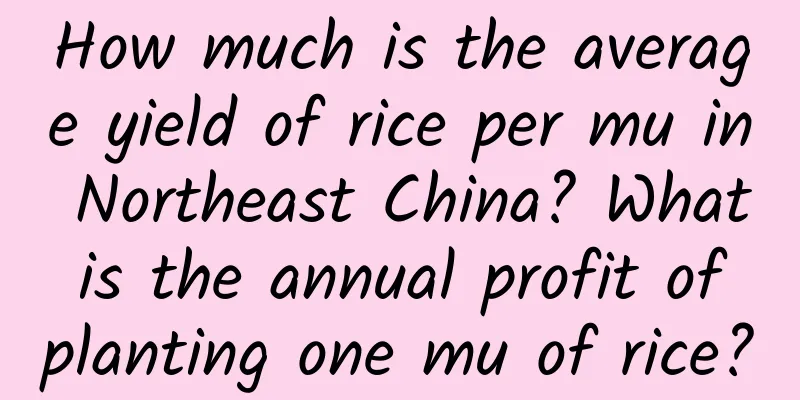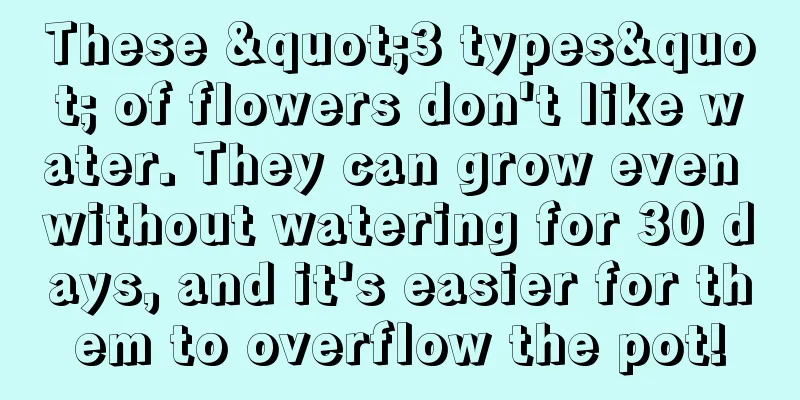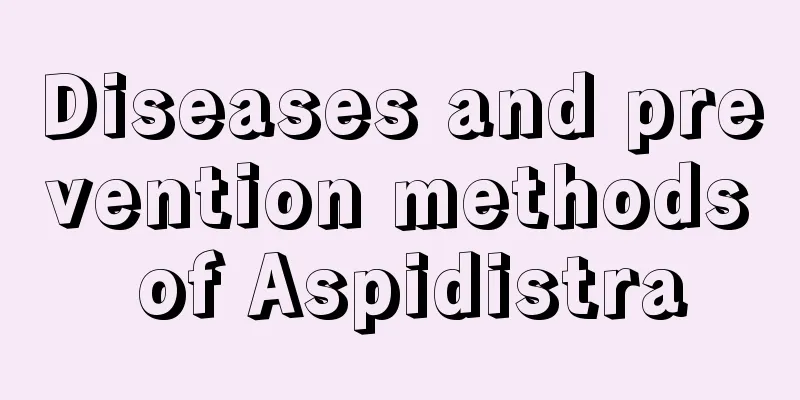How much is the average yield of rice per mu in Northeast China? What is the annual profit of planting one mu of rice?

Rice yield per mu in Northeast ChinaThe per-acre yield of rice is related to factors such as the planting site and variety. For example, the per-acre yield of a low-yield field is about 600 jin, and the per-acre yield of a high-yield field is about 1,200 jin. The per-acre yield of rice fields in the Northeast region is about 1,000 to 1,200 jin. Prospects for Rice Planting in Northeast ChinaThe yield of rice per mu in Northeast China is calculated as 1,000 jin, and the market price is 1.5 yuan per jin. In this case, one mu of land can be sold for 1,500 yuan. After deducting the cost of about 650-700 yuan, the net profit is about 800 yuan. The price of rice is not high now and has been in a relatively stable state. The market price is about 1.5 yuan per catty. In some areas, it can be sold at around 2 yuan per catty. However, due to different markets and varieties, there are certain differences in selling prices. In general, the planting prospects are not optimistic. How to grow rice in Northeast China to achieve high yield1. Variety selection and processing Before sowing rice in Northeast China, high-yield and disease-resistant varieties should be selected, such as Liaoxing No. 1 and Yanjing 47. Before sowing rice, the rice seeds should be fully dried in the sun, and the seeds should be disinfected during soaking to reduce diseases. Finally, the seeds should be quickly germinated. 2. Preparation of the seedbed Choose a garden field that is close to a water source, has fertile soil, is sunny and sheltered from the wind, and is free of pests, diseases and weeds as the seedbed. Loosen the soil in advance and apply fully decomposed organic fertilizer. After preparation, you can sow rice into the soil. 3. Reasonable irrigation Northeast rice needs timely watering during its growth period. Shallow water irrigation should be maintained during the heading stage, the initial heading stage and the full heading stage. Sufficient water should be provided at the rest of the time. However, drainage measures should be taken during the rainy season to keep the environment ventilated. 4. Pest and disease control The main diseases of rice in Northeast China include rice smut, rice blast, white leaf blight, sheath blight, etc. The main insect pests include rice planthoppers and rice armyworms. They must be discovered in time, the right medicine should be used, and the use of high-efficiency, low-toxic and residue-free pesticides will help increase production. |
<<: How many times a year can peppers be planted? How many months does it take to plant peppers?
>>: How much is the yield of soybean per mu? How much does it cost to plant one mu?
Recommend
Do raspberries prefer shade or sun?
Do raspberries prefer shade or sun? Raspberries a...
Planting method of bayberry
1. Planting environment 1. Potting soil: When pla...
How to prune the fairy finger
Pruning before flowering Pruning before flowering...
How and when to plant beans
Green beans planting time Green beans can be plan...
The main value of mirror grass
Watch The thick, nearly round fleshy leaves of th...
How to breed earthworms?
Earthworms, also known as earth dragons , feed on...
How to grow northern hyacinth
1. Breeding environment 1. Soil: Choose well-drai...
How to grow a money tree in summer
1. Lighting The money tree likes sunlight and nee...
Lily ground planting maintenance method
1. Planting location Before planting lilies in th...
How to prune small roses
Rose pruning time There is generally no specific ...
The benefits of pouring beer on Clivia
1. Provide carbon dioxide It contains a lot of ca...
When and how to plant violets
1. Planting time The planting time for violets is...
Can white palm be grown in water? Is hydroponics better or soil cultivation better?
1. Can it be raised in water? Anthurium can be gr...
The efficacy and function of clove
The efficacy and function of clove Watch The lila...
The breeding methods and precautions of Yemen iron
1. Soil It is best to use loose, well-drained, sl...









